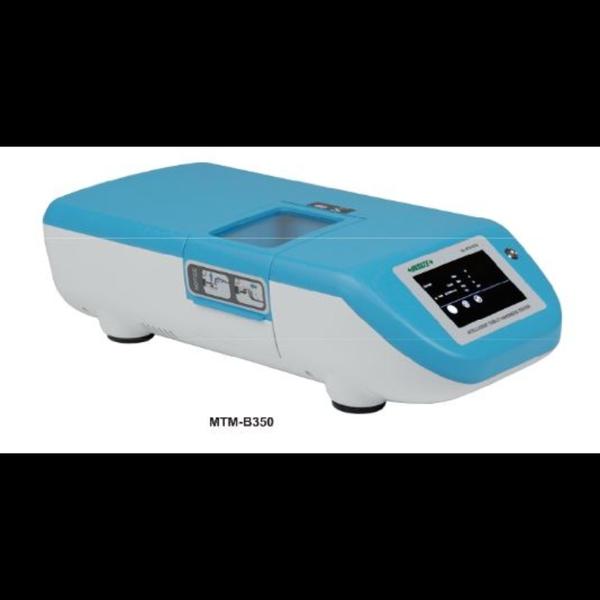
Insize 0-200 GU 60° Gloss Meter Basic Type with...

Insize 0-200 GU 60° Gloss Meter Basic Type with 0.1 GU Resolution, 5702-DG6 is a specialized instrument used to measure the gloss or shininess of surfaces, especially in industries where appearance and aesthetics are critical. This device quantifies the reflectivity of light off a surface at a 60-degree angle, providing objective and standardized gloss measurements. Key components and functions of a 60° gloss meter include: Light Source and Detector: The gloss meter is equipped with a light source, typically an LED, and a light detector. The light source directs a beam of light onto the surface being measured, while the detector measures the intensity of the reflected light. Angular Geometry: The 60° angle refers to the geometry of the measurement. The angle at which the light is directed and the angle at which it is observed (60 degrees in this case) are standardized to ensure consistent and reproducible measurements across different instruments. Display: The gloss meter has a digital or analog display that provides the gloss reading in gloss units (GU) or as a percentage. A higher value indicates a glossier or shinier surface, while a lower value suggests a matte or less reflective surface. Calibration: Calibration is essential to maintain measurement accuracy. Gloss meters are often calibrated using reference standards with known gloss levels. Applications of a 60° gloss meter include: Automotive Industry: Gloss measurement is crucial for evaluating the finish of automotive paints and coatings, ensuring a consistent and attractive appearance of vehicles. Printing and Packaging: Gloss meters are used to assess the gloss of printed materials, labels, packaging, and product labels to meet branding and quality standards. Furniture and Woodworking: In the furniture and woodworking industry, gloss meters help assess the quality and finish of wood surfaces, laminates, and coatings on furniture and cabinetry. Plastics and Polymers: Gloss measurement is important for quality control in the production of plastic products, ensuring they meet customer expectations for appearance and aesthetics. Cosmetics and Packaging: In the cosmetics industry, gloss meters are used to evaluate the shine and appearance of cosmetic products like lipstick, nail polish, and skincare packaging. Metal and Metal Coatings: Gloss meters assess the finish of metal surfaces and coatings, including those used in appliances, machinery, and architectural elements. Ceramics and Glass: The gloss of ceramics, glass, and glazed surfaces is measured to ensure uniformity and quality in manufacturing and construction applications.
Keywords
Subscribe for latest offers & updates
We hate spam too.

